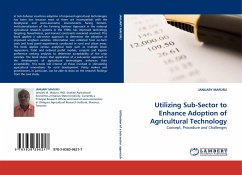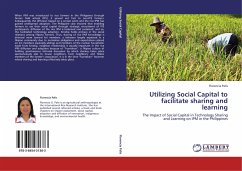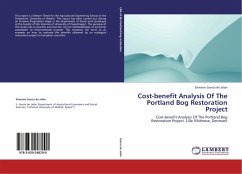At the turn of the millennium and through the mid-2000's, the Forest Service began a paradigm shift of restoration based active management that currently persists to this day. In an effort to maintain timber production while still complying with a complex legal framework and a multiple use mandate, the agency relies on the concept of restoring ecosystem processes, which brings into question the legitimacy of specific projects, especially those purported to be restoring historic fire regimes. This paper explores several questions that emerged as the Forest Service began to rely heavily on restoration to serve as the purpose and need for many projects. For example, what is good restoration? What are the Forest Service's spending priorities and how are they decided? How does the agency fund restoration projects and does it support good restoration? What changes in policy could integrate a series of environmental restoration principles into the Forest Service's framework? This paper explores these and other questions in an effort to help promote sound ecological forest restoration projects.








